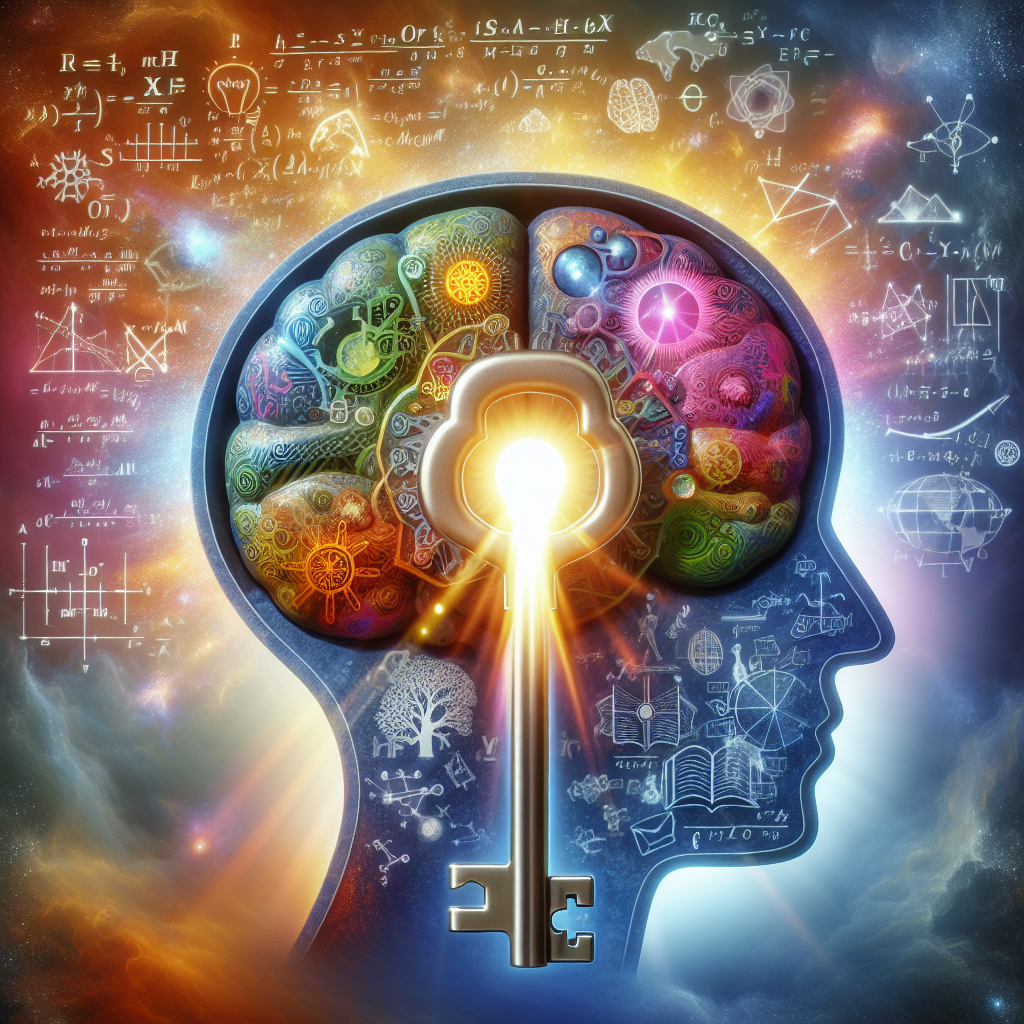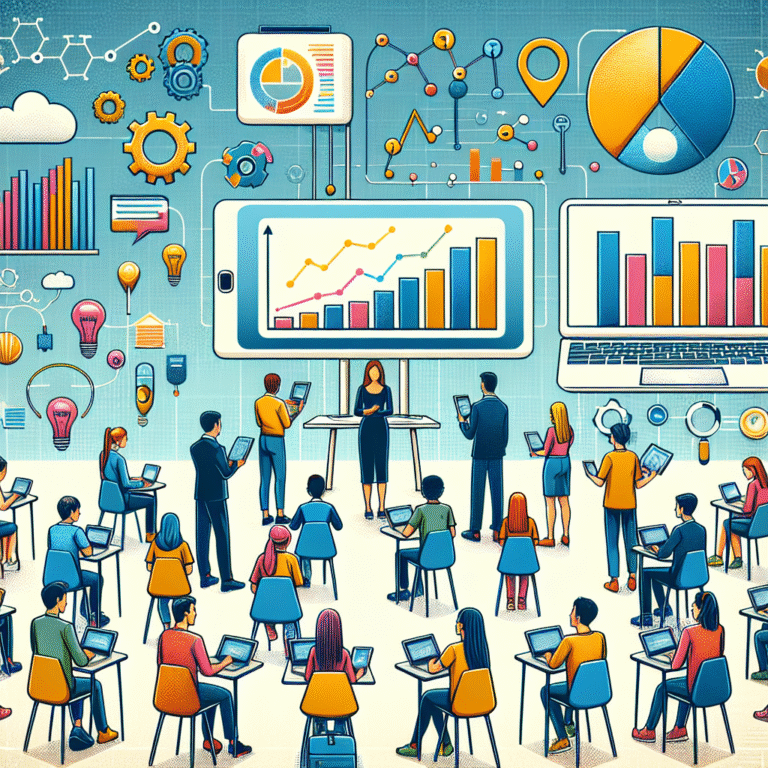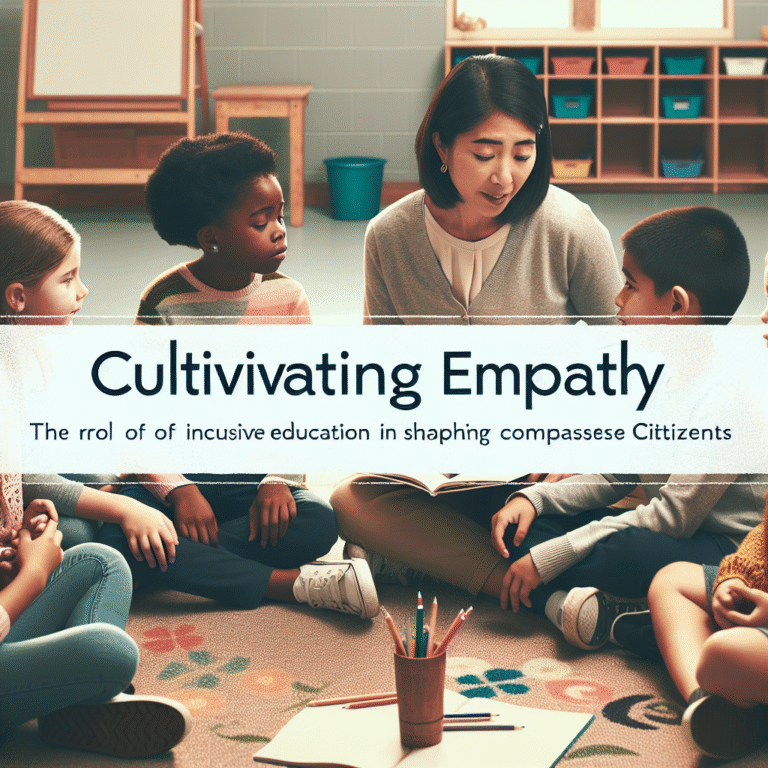
Introduction
In the ever-evolving landscape of education, traditional methods alone may no longer suffice to prepare students for academic and life success. Unlocking Potential: How Self-Regulated Learning Fuels Academic Achievement highlights a pivotal concept in modern education: self-regulated learning (SRL). As students face increasing demands and the world rapidly changes, the ability to self-direct their learning becomes not just beneficial but essential. Picture a student who not only meets academic requirements but excels beyond expectations—this transformation often originates from self-regulated learning strategies. In this article, we will delve deep into SRL, offering valuable insights, practical applications, and inspiring case studies that reveal its undeniable impact on academic achievement.
The Foundation of Self-Regulated Learning
What is Self-Regulated Learning?
Self-regulated learning encompasses processes wherein learners systematically manage their own learning experiences, set goals, monitor their progress, and reflect on their outcomes. Unlike traditional education methods that may lean heavily on teacher-led instruction, SRL empowers students to take charge of their own learning journey.
The Importance of SRL in Education
As the educational landscape shifts towards more personalized and learner-centered environments, the significance of self-regulated learning is amplified. Research shows that students who engage in SRL demonstrate better academic performance, enhanced problem-solving skills, and increased motivation. They become not just passive recipients of information but active architects of their educational experiences.
The Mechanics of Self-Regulated Learning
Key Components of SRL
To fully grasp how self-regulated learning can unlock potential, it’s crucial to understand its components:
Goal Setting: Students define clear, specific, and achievable goals that guide their learning endeavors.
Self-Monitoring: Techniques like journaling and reflective practices enable students to track their understanding and progress.
Self-Reflection: Post-learning reflection helps students evaluate their methods and outcomes, informing future strategies.
- Self-Efficacy: Building confidence in their abilities fosters a mindset primed for growth and exploration.
The SRL Process
A visual representation of the SRL process can be depicted in the following chart:
| Phase | Description |
|---|---|
| Forethought | Setting goals and planning learning strategies. |
| Performance | Implementing the strategies and self-monitoring methods. |
| Self-Reflection | Evaluating assessment results and learning processes. |
Understanding this blueprint gives students a framework to apply SRL effectively.
Case Studies in Self-Regulated Learning
Case Study 1: Empowering At-Risk Students
In an urban high school, educators implemented a self-regulated learning program aimed at at-risk students. By incorporating SRL strategies such as goal-setting workshops and self-reflection sessions, teachers noted a remarkable rise in both engagement and academic performance.
Analysis: This case study illustrates how targeted SRL interventions can help marginalized students take control of their education, thereby enhancing academic outcomes and fostering resilience.
Case Study 2: The Role of Technology in SRL
A university adopted a digital learning platform that integrated SRL components such as personalized learning paths and real-time feedback mechanisms. Students who utilized the platform for self-regulated learning exhibited a 30% increase in course completion rates compared to those who did not.
Analysis: This example underscores the potential of technology to facilitate self-regulated learning, making it accessible and effective for diverse learners.
Overcoming Barriers to Self-Regulated Learning
Common Challenges
While the benefits of self-regulated learning are clear, various barriers can impede its integration into students’ routines:
- Lack of Awareness: Many students remain unaware of SRL strategies and their potential impact.
- Fixed Mindset: Students with a fixed mindset may resist self-directed approaches, fearing failure or doubting their abilities.
- Insufficient Support: Lack of guidance from educators or mentors can leave students floundering in their efforts.
Strategies for Encouraging Self-Regulated Learning
To unlock the full potential of self-regulated learning, educators and students can adopt several strategies:
- Incorporate SRL in Curriculum: Embed SRL practices into teaching frameworks to make them standard.
- Foster a Growth Mindset: Encourage students to view challenges as opportunities for growth rather than threats to their intelligence.
- Provide Tools and Resources: Equip students with planners, journals, and digital tools to aid in their self-regulation efforts.
The Impact of Self-Regulated Learning on Academic Achievement
Research Findings
Numerous studies have illustrated the positive correlation between self-regulated learning and academic success. For instance, a meta-analysis found that students utilizing SRL strategies had significantly higher GPA scores than those who did not.
Long-term Outcomes
Beyond immediate academic benefits, self-regulated learning cultivates essential life skills such as critical thinking, time management, and resilience. These competencies contribute to career success, effective citizenship, and lifelong learning habits.
Unlocking Potential: Real-Life Benefits of SRL
Academic Performance
Students who grasp the principles of self-regulated learning often outperform their peers in standardized tests and course evaluations. When they actively engage in SRL, they become adept at navigating academic challenges and devising effective study strategies.
Personal Growth
In addition to academic outcomes, SRL fosters intrinsic motivation and personal responsibility. Students learn to embrace their learning journeys, which can lead to improved self-esteem and emotional intelligence.
Lifelong Learning
Finally, the principles of self-regulated learning extend far beyond the classroom. In a world characterized by rapid change, the ability to self-direct one’s learning is crucial in adapting to evolving personal and professional landscapes.
Conclusion
Unlocking Potential: How Self-Regulated Learning Fuels Academic Achievement is not just a concept; it is a transformative practice that has the power to redefine educational experiences. As we have explored, self-regulated learning equips students with the tools they need to thrive academically and personally. By fostering an environment where students can engage in SRL, educators can help students realize their fullest potential, preparing them to succeed in all spheres of life.
Actionable Insights
- For Educators: Incorporate self-regulated learning strategies into your teaching practices and create a supportive learning environment.
- For Students: Take initiative by setting personal academic goals and regularly reflecting on your learning journey.
- For Parents: Encourage independence in learning at home, and support your child in developing self-regulated learning skills.
FAQs
1. What is the difference between self-regulated learning and traditional learning?
Self-regulated learning focuses on students taking control of their own learning processes, while traditional learning often relies on teacher-led instruction.
2. How can students develop self-regulated learning skills?
Students can develop these skills by setting specific goals, reflecting on their learning, and using self-monitoring techniques to track their progress.
3. What role do teachers play in facilitating self-regulated learning?
Teachers act as guides by modeling SRL techniques, providing relevant resources, and creating an environment that encourages student autonomy.
4. Are there specific strategies for enhancing self-regulated learning?
Yes, effective strategies include goal setting, self-reflection, time management techniques, and seeking feedback on performance.
5. Can self-regulated learning improve motivation?
Absolutely! Students who practice self-regulated learning often exhibit increased motivation as they become more engaged in their educational journeys.
In closing, the journey to unlocking personal and academic potential through self-regulated learning is transformative. As we embrace these strategies, we not only elevate individual achievements but also contribute to a more dynamic and adaptable society.













